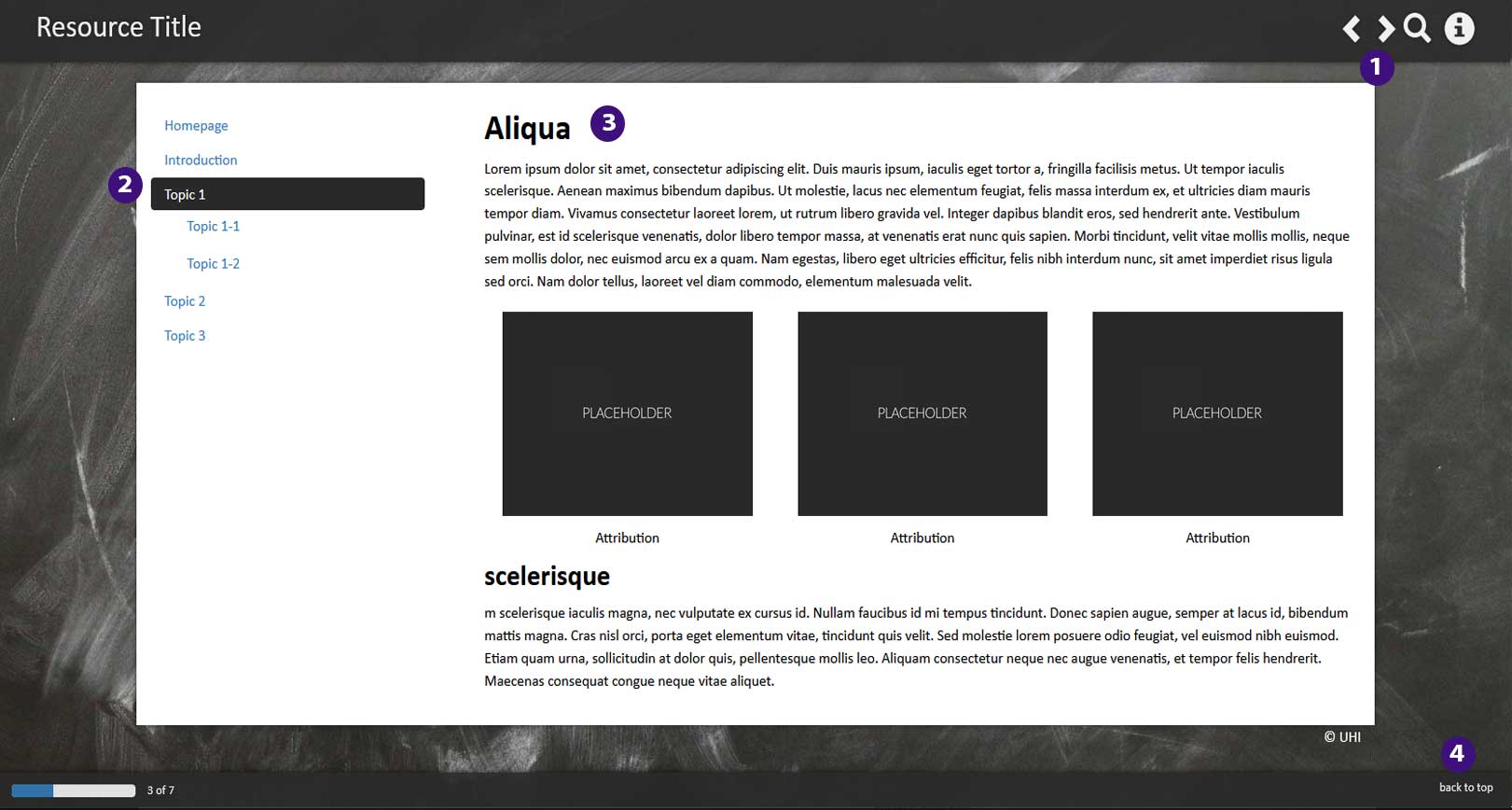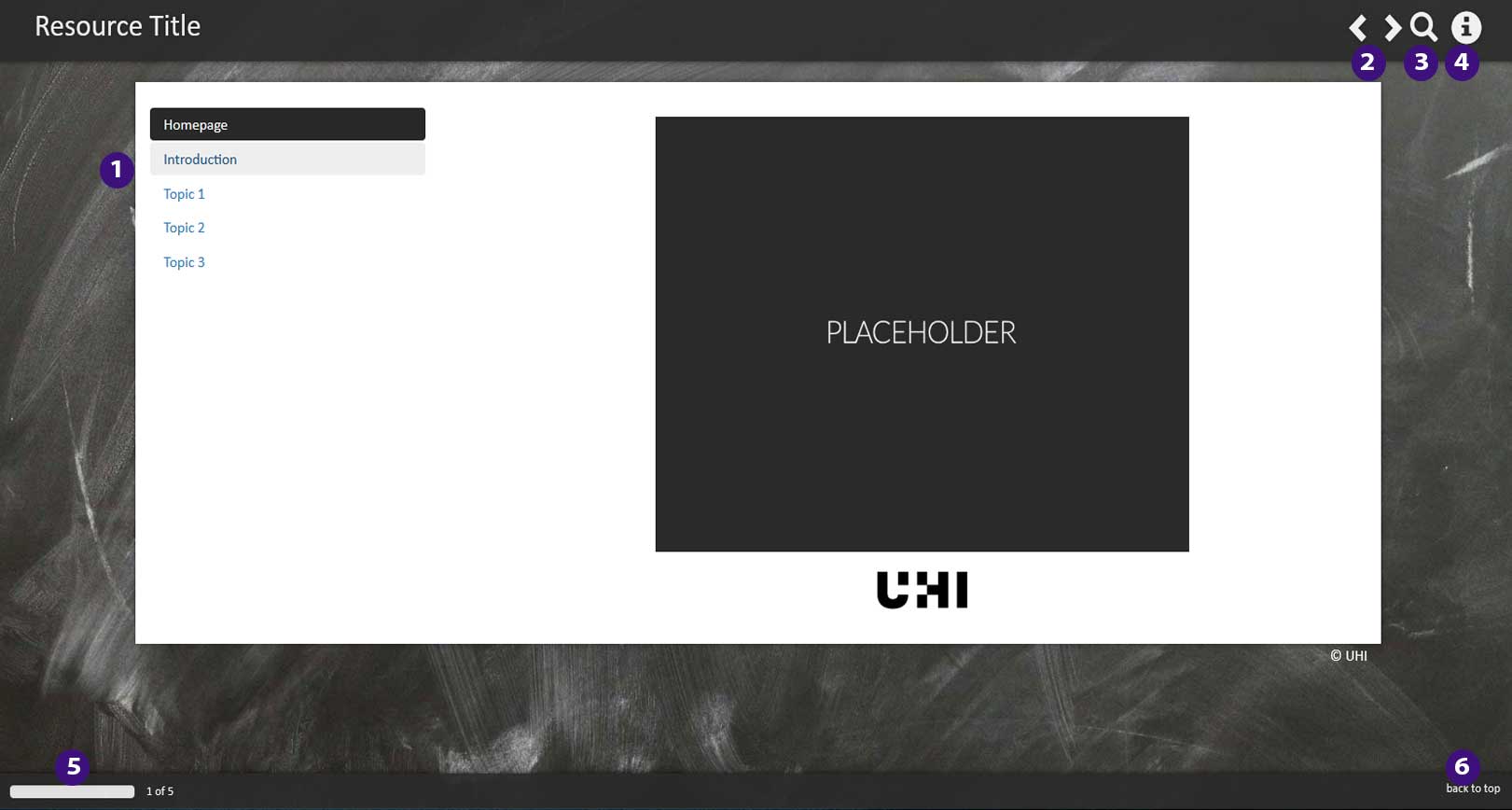New to blended learning
In this session we will look at what it means to work and study through a variety of different methods. We will also look at some of the challenges and the advantages you will face as you embark on your blended learning experience and what preparations you can make to ensure that you are ready for study.
Objectives
By the time you have completed this section of the induction you should:
- Understand what blended learning is
- Identify many advantages of studying through a blend of technologies
- Identify some of the challenges of studying using a blend of technologies


'Conference' - Shutterstock
About blended learning
Many courses at UHI are delivered using blended learning. This means that they are delivered using a blend of techniques, mixing the use of technology with more traditional teaching methods. Programmes at UHI range from those delivered completely face to face to those that are delivered 100% online - most however will lie somewhere in between with several different formats used to deliver the course.

Diagram showing three delivery methods
While studying at UHI you will get the opportunity to use technology in a number of ways to assist your learning. In a blended course, students are usually required to attend some classes on campus while completing other technology-based work remotely. Very often there will be materials on the UHI Learning Environment – Brightspace - that will be used to supplement and enhance classroom delivery. Other modes of delivery and learning tools may also be used in some courses: e.g. videoconferencing, discussion boards, live chat software etc.
Don't panic!
If these tools are used within your course, then you will be given full instructions on how to use them effectively and efficiently.
Audio: Blended learning
"The way the course was taught" (26 seconds)
Download a transcript of this summary
People who are here to help
Online Learning in a new way can be very strange and you may feel nervous, bewildered or even abandoned in this new world of learning. Don't worry. This is normal. Just remember that beyond this computer there are real people who understand the challenges you face and are available and ready to help.
You can find details of who these are in the ‘Teaching Staff’ widget in your unit/module in the Brightspace Learning Environment (LE) (shown opposite). Clicking on the staff member's role (e.g. Lecturer) will reveal further information about them.
In addition each student is allocated a personal academic tutor (PAT) who is there to help them through their studies. PATs are members of teaching staff and, where possible, your PAT will be teaching on your course, or have some expertise in your area of study. If this is not possible, don’t worry. All PATs are experienced teachers and will be able to help you with all aspects of studying. You’ll normally meet your PAT during induction and you’re expected to meet at least twice more during the academic year.
- become proficient with the use of the learning technologies
- become used to working at a new, higher level with all the expectations and demands that involves
- become used to what it means to be a UHI student
- become used to your class being spread across a wide geographical area and learn your subject!
Blended learning may be a new and challenging experience for you. Don’t worry! The good news is that many students have studied this way and many go on to perform very well.
Quote
"Online learning is one of the most demanding methods of learning because it requires self-discipline and determination to follow it through. It is certainly not the easy option. However, it is also one of the most rewarding ways to learn because the student can do it at their own pace to suit their personal circumstances. Staff are very sensitive to the needs of their students and are usually around for a chat online with other students during the day or in the evenings and can often arrange face to face sessions or video-conference where that is needed. The learning may be online but it is certainly not solitary. The support is there and flexible to suit the student’s needs and there is a sense of student community even though it is online. Students on the same course over a period of time tend to get know and become very supportive of each other."
Allane Hay
Deputy Head of Academic Partnerships, UHI and student.

Teaching staff widget
The learning road map
One major misunderstanding about blended learning surrounds the material provided in the online part of the unit/module. It is sometimes believed that all you need to know in order to pass a unit/module is on your screen.
...It isn't.
The unit/module structure provides something similar to a road map with milestones and landmarks identified and described. These are the key points of your learning and, like a map, they shows you where to go next. The material for each week, introduces a subject, theme or aspect of the content and provides suggested additional readings, discussion topics and tasks for you to undertake to build your understanding of that subject, theme or aspect. It then introduces the next subject, theme or aspect assuming that you have completed the reading, tasks and learning from the previous section. If you have not done so you may find it difficult to understand the next stage.
It is designed to take you step by step along the road to meeting its objectives and to your successful completion. If you do not become involved and you fail to follow the directions you will become lost and you will not learn all that is necessary to complete. This is just like learning in a classroom. The learning process is the same, the medium is different. To make it work demands your motivation, your discipline and your willingness to take from it all it can give. It is essential that you become involved: with your lecturers; your personal academic tutor; the course materials; the wider reading for the subject; and your peer group of students (yes, there are others out there!).

(88/365) life road map by Britt-knee from Flickr,
used under Creative Commons 2.0 license
Advantages and challenges of blended learning
Quote
“Meaningful learning occurs when learners are actively engaged”
(Richards, 2011; as cited in Rajabalee, Santally and Rennie, 2020) but this engagement does not happen automatically, you have to work at it. Being a regular and willing participant in online activities (like discussions) matters – this will encourage your fellow students, and lecturers, to do the same.
A certain proportion of your course will probably be delivered using technologies such as video conferencing and the VLE. You have probably already decided that there are advantages to learning this way. That is why you are here, enrolled on your programme and working your way through this session.
Over the next few months, as you are getting used to a new way of working, you might find you forget about the advantages you identified when you applied for the course so it is probably a good idea to make a list of those reasons and keep it safe so you can refer to it later when you need a boost.

Advantages of blended learning
Reasons for studying online
Take 10 minutes now to complete this first task.
- Find a piece of paper or a computer
- Title the paper or electronic folder ‘Induction’
- Jot down (or type) your reasons for enrolling on an online course
When you have done that, click below to reveal some ideas. Were any of these on your list?
Why blended learning?
- It allows me to study locally.
- I don’t need to leave the area.
- I don’t like a classroom setting.
- I get to interact with other students on my course in the video-conferencing classes
- I get to interact with lecturers in the VC classes.
- I have access to UHI libraries and electronic resources.
- I have access to my local college facilities such as childcare, gym, café, etc
- The variety of methods of learning is stimulating.
- I study best when I can organise my own learning.
- It allows me to study where I want; even outside if I choose.
- It allows me to be flexible about when I study.
- It allows me to communicate online regularly with others outside my area.
- It allows me to balance my work and family commitments with my studies.
- It allows me to earn income and study at the same time.
Audio: Advantages of studying online
Advantages of studying online (22 seconds)
Download a transcript of this summary
The challenges of blended learning
We have just looked at your reasons for studying blended learning. Hold on to them, in your folder. Now we will have a look at the challenges of blended learning because it is not all plain sailing for everyone; some students find it difficult at first. If we can identify the potential problems, we can also put in place some solutions so that the really difficult bits can be avoided (or minimized).
Challenges
Take a few more minutes to consider some potential challenges of studying by blended learning.
The downside of blended learning
- I may be lonely if there are no other students in my location.
- I will need to be very proactive if I want to engage with other students.
- What will the classroom environment be like if the lecturer is at a distance?
- I am afraid I won’t get the help I need with my study.
- I am not very self-disciplined.
- I am easily distracted when I work on my own.
- What if someone in the class is disruptive?
- I am not very good with computers.
- My family and friends will interrupt me.
- I am unsure how to go about studying independently.
- I won’t know what to do if something goes wrong.
- I am not sure the learning and teaching will be as good
- My work sometimes requires me to take extra shifts (or I need the money so I take extra shifts). How will I manage this and my study?
Did you list some or even all of these? If so, you can be sure that you are not alone in your concerns because most students have the same anxieties. The purpose of this induction is to help you deal with the possible problems so we will move on now to some of the solutions to your concerns.
A learning community
Many students worry about the loneliness of online study and fear they will be sitting alone in their kitchen or study with no-one to share ideas or to chat with. It would be wrong to suggest that blended learning can provide the same experience as you can get in a traditional university but blended learning provides the opportunity for students to work together, to develop friendships and support mechanisms and to work as a class. These communities are often based around virtual communications rather than in person.
Online, people are real people with the same fears and anxieties, the same challenges to their learning and the same modules and assessments. They are your community. This is the reality of blended learning. But to make it happen, you have to understand it and make use of it and be prepared to participate and support others too.

Studying an online course from overseas
Listen to the experience of one student studying an entirely online course from overseas.
Audio: The experience of studying entirely online from overseas
The experience of studying entirely online from overseas
(36 seconds)
Download a transcript of this summary
Additional information
You can find more information about online learning at UHI by visiting the UHI 'Online learning' page.
References
Cavinato A. G., Hunter R. A., Ott L. S. and Robinson J.K. (2021) 'Promoting student interaction, engagement, and success in an online environment', Aanalytical and bioanalytical chemistry, January 2021, pp. 1513-1520.
Rajabalee, B. Y., Santally, M.I. and Rennie, F. (2020) ‘A study of the relationship between students’ engagement and their academic performances in an eLearning environment’, E-learning and Digital Media, 17(1), pp. 1-20.
Shelton, B., Hung, J-L. and Lowenthal, P. (2017) 'Predicting student success by modeling student interaction in asynchronous online courses', Distance Education, 38(1), pp. 59-69.
Thurber, D. and Trautvetter, L. (2020) 'Examining student reported interaction and satisfaction in higher education administration graduate seminar-style blended courses', Online learning, 24(3), 184-202.










